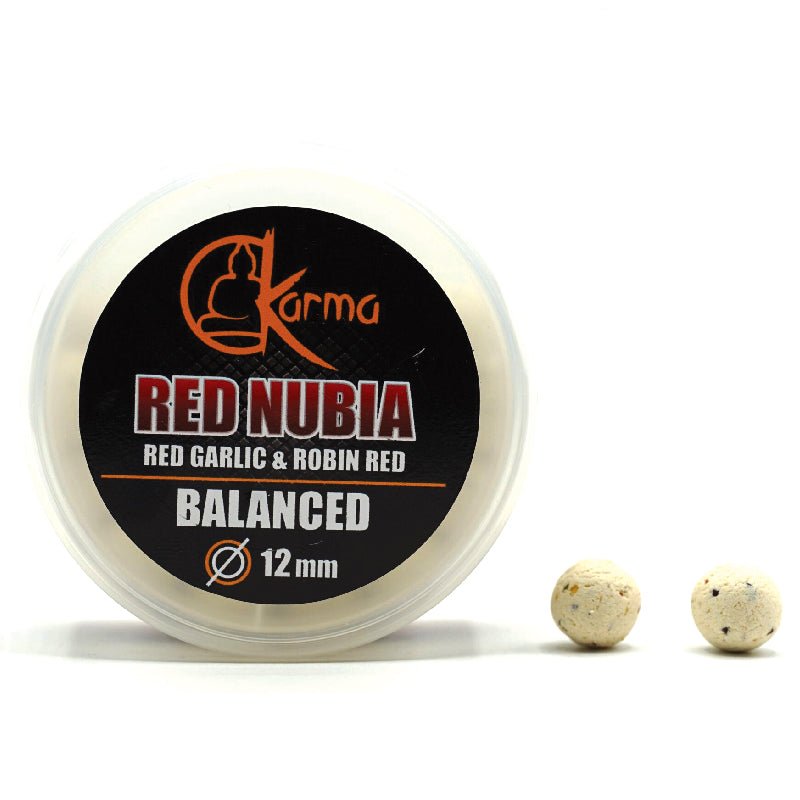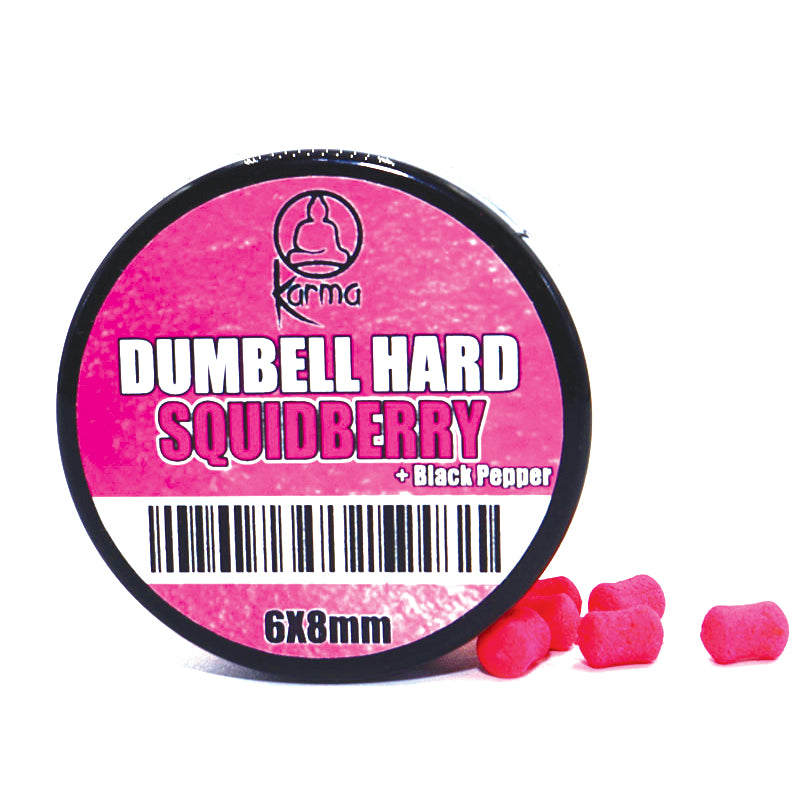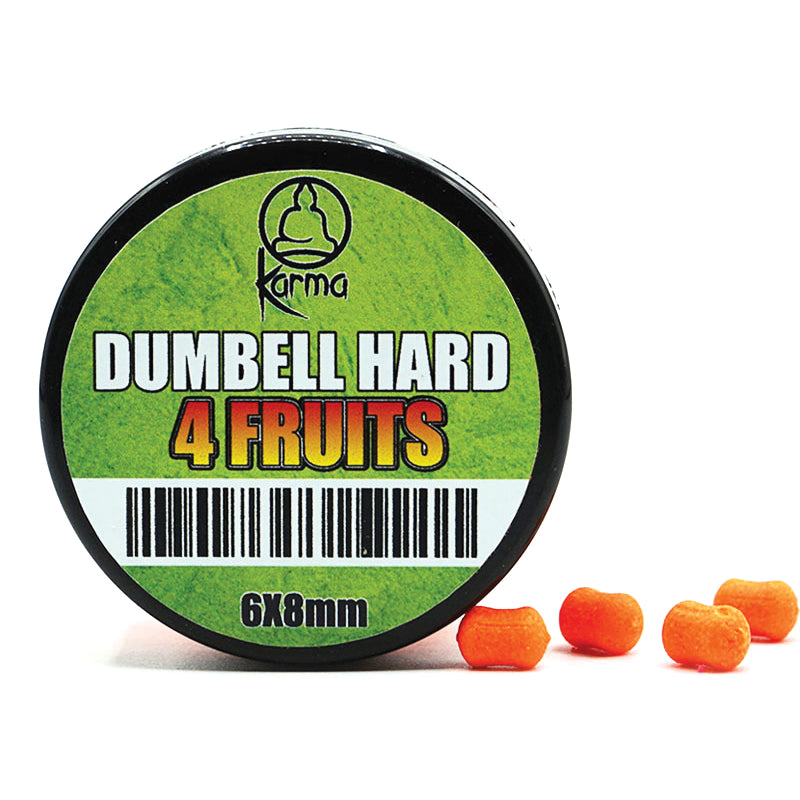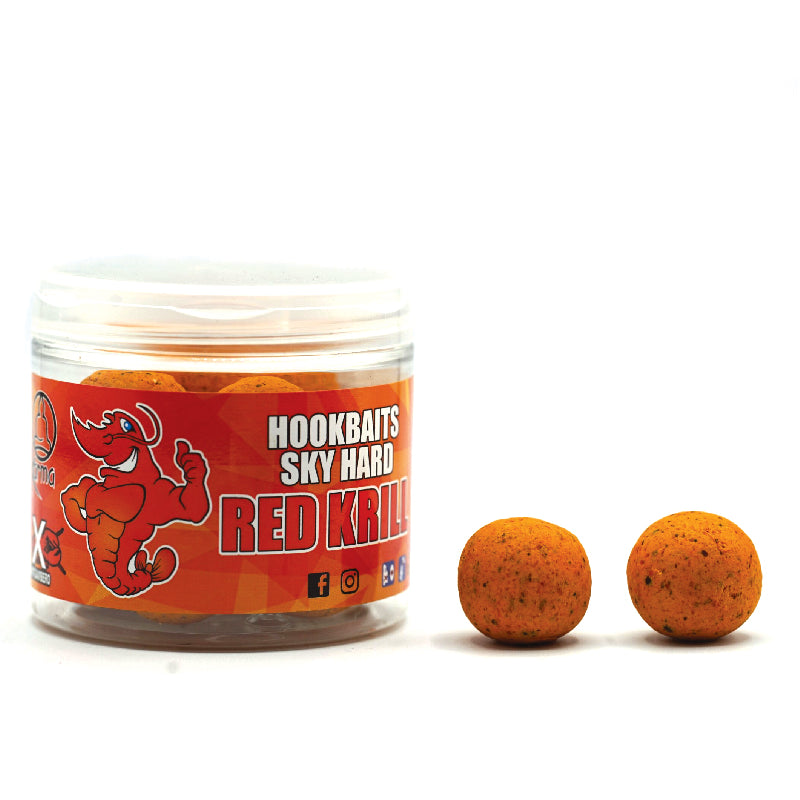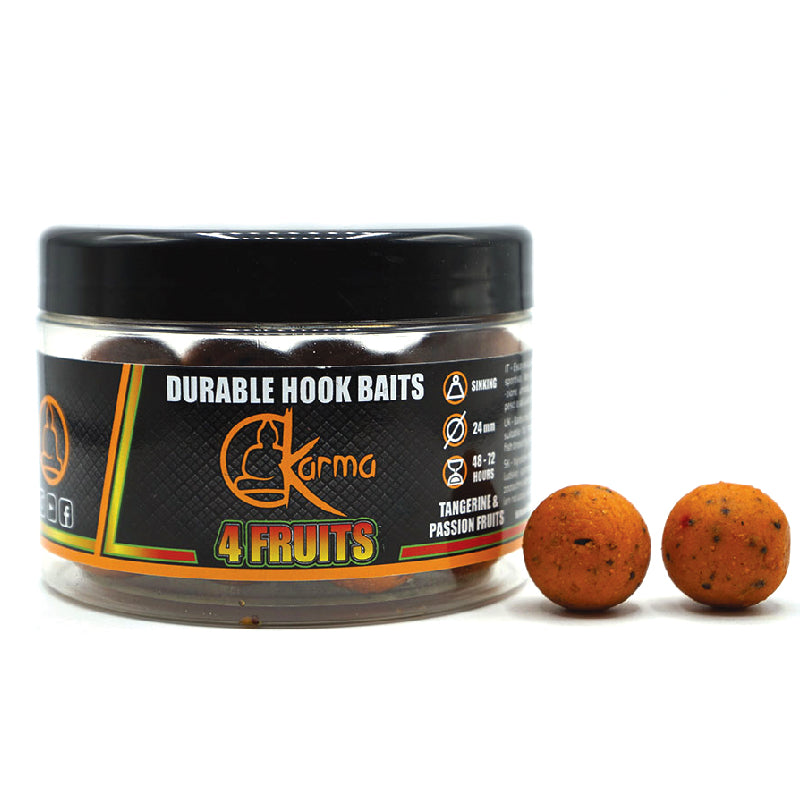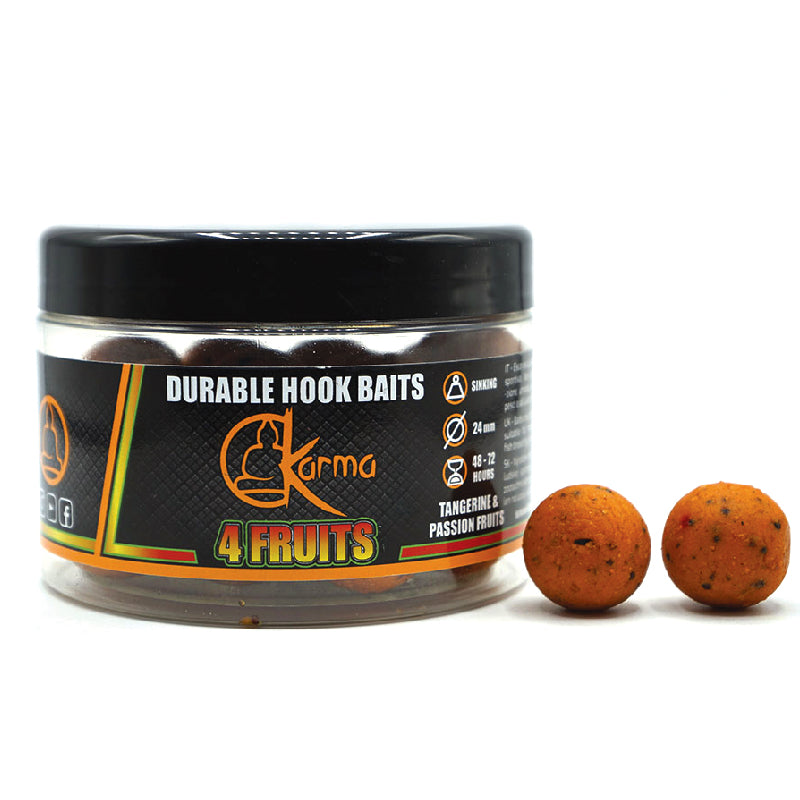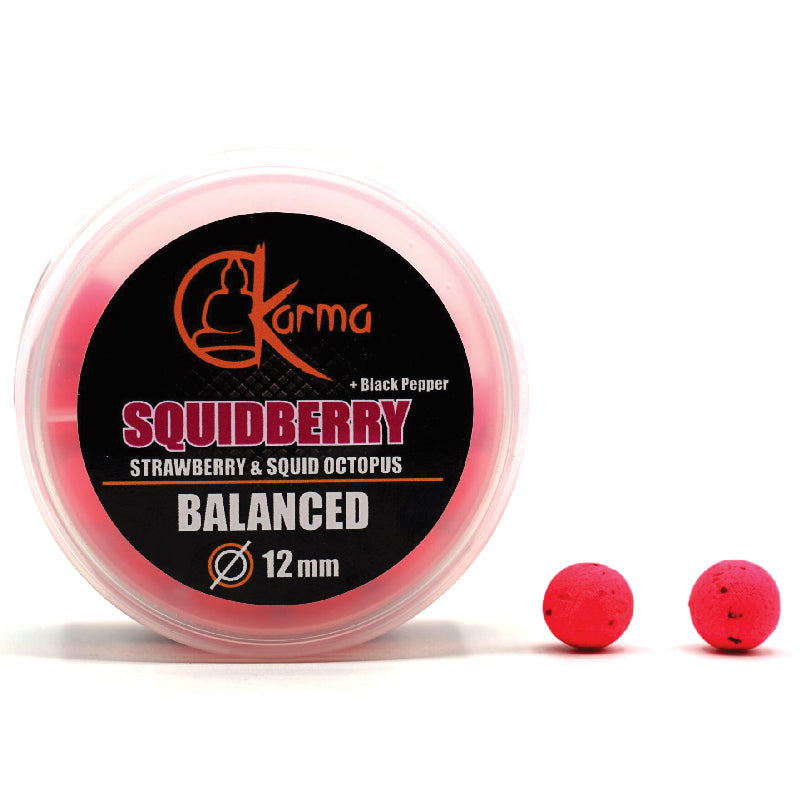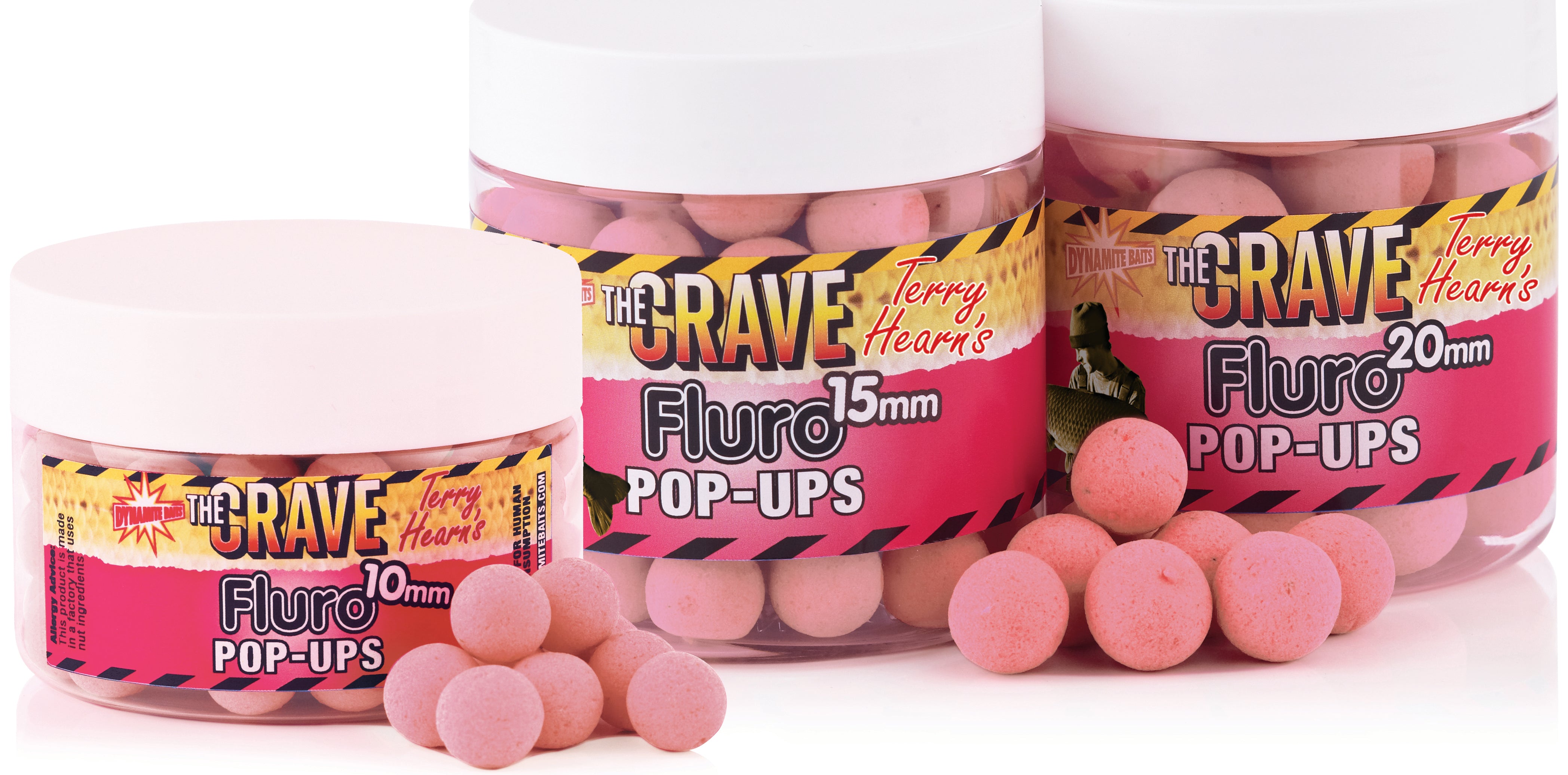
Boilie: Instructions for use (and for the choice), that is, a small guide to choose the baits from Carp Fishing without making mistakes.
Premise: in the choice of the bait for Carp Fishing, and more in particular of the Boilie, Not We must fall into the error of Look for the "definitive" one, that is, the one that always works, everywhere and in any case.
We will never find it: Carp, like humans, react to stimuli differently (each is different from the other), depending on the season and the environment.
Therefore claim to find The "philosopher" bait is absurd: Especially if we are at the beginning, this could lead to a frenetic search for what does not exist and a rapid loss of motivations and certainties.
Understanding this, in the next lines we make a small overview of the boilies, or the baits that in some ways "give" the image to Carp Fishing, showing the concrete characteristics that differentiate them from each other.

A little history
First of all: What is a Boilie? In simple words, it is a bait consisting of a set of flour mixed with eggs and aromas.
Is one direct descendant of the polente And of the pastils only that is ... solid.
It was precisely this quality that brought to its birth: i British carp fishermen, In the 1960s and 1970s, they realized that they needed a bait in the form of a dough which, however, resisted the attack of smaller fish (he therefore had more taken on the hook) and above all to strong launches.
The pioneers did nothing but Add a few egg to the doughs of the polent And to cook everything for a few minutes: once dry, the dough was ready to be triggered.
So, we clear the field from a commonplace: Boilie is the emblem of Carp Fishing but was not born with modern Carp Fishing, so to speak, the one in which the bait takes on the hair. Dates back to a long time before.
Then, the form: "Boilie equal round form" is a real equation, but not always, because the perfect spherical form, Just as we see it in the balls on the shelves of the shops, has become the "rule" only after commercial development of Carp Fishing, as a direct response to the need to pasture at increasingly longer distances (through the so -called "cobra", that is, the curved sticks with which to launch the boilie towards the spot of Fishing).
Put some "historical" stakes, let's go back to the present and see which "balls" we find on the market.

But how many are they?
We divide schematically, before seeing them one by one (also illustrating the British terms that describe them), the boilie on the market. The macrocatho in which they divide are basically two:
- Boilie sinking;
- Boilie pop-up;
In turn, macro -crime include sub -categories due to the various characteristics of the boilie themselves:
- Boilie Wafter;
- Boilie Dumbell;
- Artificial Boilie;
- Boilie Frozen (present almost exclusively in the United Kingdom);
- Boilie Self-Made.
Sinking boilies
In English they are defined Bottom Bait, or "background baits". They cover 90 percent of the Boilie European market in practice.
They are, so to speak, those found in normal bags.
Have the peculiarity of sinking And to lay on the seabed once in the water, so they are ideal not only for the trigger but also for the baiting.

Pop-up boilies
To pop In English it means "making a leap": the pop-up baits are therefore those that ... float.
Sometimes, we can also find them under the name Floating Hookbait, but the most used term is "pop-up".
They are mainly baits to put on the hair rig as a trigger, and they are not good to pasture (they are afloat!).
We find them on the market in different diameters, colors and flavorings.
Theirs effectiveness is due precisely to their being floating, therefore to the stimulus caused in the fish from their set -up that differentiates them totally from what is on the bottom (remember that the carp is a very curious fish).
May be used individually or in combination to sinking baits to create the "snow men" (Snowman): The pop-up, put above, lightens the sinking, therefore makes the trigger more effective when the fish aspires it.
Let's see now the "Accessory" characteristics which can concern the sinking balls, the pop-up or both.

Wafter
They are pop-up baits in all respects but ... they float less.
If we launch them into water released from the hook, we realize that the wafter They tend to come to the surface but are not "exuberant" like real pop-ups.
The effect wanted: they are in fact the boilies chosen by those who want to create the so -called "balanced triggers", or triggers in which the bait, attached to the hair rig, is slightly suspended, a few millimeters from the bottom, kept down exclusively by the weight of the hook.
In England they are very used, vice versa in the so -called "continental" Carp Fishing are taking hold only recently.
Dumbell
A "dumbell" It can be both sinking, and pop-up and Wafter. The English term, practically untranslatable if not with a little elegant "Gaffa ball"In fact, it indicates the shape of the bait, that it is not spherical but cylindrical.
On the market they are mainly pop-up and Wafter to have this form, even if, lately, they are also appearing on the shelves of the shops dumbell Non spherical Bacom.

Artificial boilies
In English, Fake Baits, fake baits. They appeared on the market a luster ago, initially followed by a lot of skepticism.
In fact, these are Boilie in silicone. Artificial: pop-up or sinking (or Slow sinking, which is a less "floating" synonym than Wafter).
They are used above all in situations in which the presence of turtles, shrimp and minutaglia jeopards the "real" baits: these animals, in fact, are gluttonous of our baits and, in a well -populated water, we risk not keeping a trigger for more than 10 minutes without being ventured and "finished".
Artificial baits, not releasing smell and above all having elastic consistency, resist the attack of these "disturbers".
The question of the neophyte is spontaneous: how can a fake bait, which does not release attractive substances, capture fish?
First, let's remember that The carp is a curious fish And, unlike a human, he does not have his hands to "touch" something that stimulates him but is forced to suck him with his mouth.
Second, if we observe the carp eating, we realize that It is not so much the trigger that captures, but the pasture.
If we manage to attract the carp in the spot thanks to the pasture, the artificial ball is eaten exactly as if it were a real boilie, of those launched around the inholem to attract the fish.
On the market exist Also artificial bailiers flavored or "signs", that is, immersed in an attractive liquid: for the neophyte that would not trust, at least initially, of an bait that does not release smells, these are the best choice.

Boilies Frozen
Literally, "icy boilie". We talk about it for completeness but the product it does not concern the Italian market.
The Boilie Frozen they are balls that they have no preservatives and are therefore stored in the freezer, as if they were frozen foods for human nutrition.
In England are perhaps the most used baits, also because of the "fault" of the small and ultra-behavior environments in which the English Angler are found to fish. In our country they are practically nowhere to be found.
Boilies Self-Made
These are the homemade boilie. They take the flours, they mix with eggs and aromas, it is cooked everything and then the drying is expected: those who want to know 100 percent what a Boilie contains must necessarily "make them".
We can make them sinking or pop-up: there are also on the market ready -made mix To which we must add only eggs and aromas to obtain "personalized" baits.
To facilitate the purchase, we deepen below three aspects on which the newlyweds of the technique could find some difficulties.
In particular, let's do A small translation from the English of the most used aromas, and then talk about granulometry and diameters.

Infinite tastes
If twenty years ago i tastes There were 5 or 6 available on the market, today there are them hundreds.
The evolution of commercial Carp Fishing meant that new aromas and new fragrances were born, and it is not difficult to "get lost" for those who have just approached this technique. Here are the most used aromas with the relative translation:
- PineApple: pineapple;
- Strawberry: strawberry;
- Peach: Fishing;
- Mulberry: brunette;
- Coconut: coconut;
- Spice, spicy: spices;
- Chocolate: chocolate;
- Cream: cream;
- Scopex: untranslatable term, it is a creamy aroma reminiscent of the smell of melted butter;
- Coconut: coconut;
- SQUID: Calamaro;
- Crab: crab;
- Krill: shrimp (a particular type of micro-gamber that swims in the cold waters of the oceans);
- Belachan: shrimp (tiny);
- Halibut: it is a fish that lives in the north seas;
- Butyric: Butyrric acid (the Scopex is very reminiscent of);
- Robin Red: spicy aroma;
- Garlic: garlic;
- Nut or Peanut: peanut;
- GLM or Green Lipped Mussel: bish of fresh water;
- Allfrutti: the name itself says it, it is the fruity taste par excellence.
Many carpists claim, for example, that the fruity aromas work better in winter while those on fish should not be used in cold waters because they are not very attractive due to oils.
The reality of the facts is that The aroma of the Boilie counts, but not in relation to the season, but to many other parameters, including the composition of the seabed and the pH of the water. However, very complex speeches are, for which it would take the space of a book.

All different
You pay attention: on the shelves of the shops There is no Boilie equal to the other.
For example, some are so perfect and smooth that they seem fake, while others are even square and porous.
Everything is in the granulometry, and in the ingredients that determine it.
If a company uses micronized flours, or reduced to very thin dust, are obtained Compact balls, smooth, much more similar to artificial baits than to "real" balls.
On the contrary, If the flours are raw and not chopped, are obtained Balls with the most porous weaving And rough. What differences are there?
The boilie with weaving more porous absorb the water faster, therefore they convey their attractive "message" faster than those with micronized weaving.
At the same time, however, by absorbing water faster they become soft more quickly: We must take this into account, especially if we need to keep the baits immersed in the water for many hours.
Some baits on the market have seeds in the dough: their task is precisely to "break" continuity and "speed up" the entry into Fishing Della Boilie.

A diameter for every occasion
From 8 to 30: They are the millimeters that distinguish most of the boilies on the market.
The diameter must be chosen on the basis of different needs, which we simplify below schematically:
- 8-10-12 millimeters: very small boilie, they are used for "refined" approaches with small hooks and bait with sfarinated and micro-grooves. The right choice in winter, when the carpe metabolism slows down and a small bite can encourage them to eat more than a big boilie;
- 14-16-18 millimeters: It is the standard of the Fishing In the quarry, these are medium-small balls with which pasture beds can be made. The 18 millimeters, having more mass, fly further if you throw with the cobra. They are the choice "allroound" but they pay duty in case of presence of minutaglia and other disturbing animals that can put the bait out of use. However, their small dimensions allow them to make a big voice even in winter;
- 20-22 millimeters: the diameter grows, the environments grow. The 20 millimeters are the most widespread on the market because they allow us to face both the quarry and the large lake. In addition, with a good cobra and a trained arm, they can be launched over 100 meters from the shore. Perfect in all seasons, in winter they lose some ground in favor of the 14 millimeters;
- 24-28-30 millimeters: Not all companies market them, in particular English ones. In fact, these are baits that arise from a "continental" necessity, for the Fishing in large waters and large carp. In fact, a large ball need a large mouth to be swallowed: that's why Boililies of these diameters are called "selection balls". In addition, they are used in large waters because they resist longer in the water without deteriorating, both due to the absorption of the liquid, and due to the intervention of the disturbing fish.
Small summary
To facilitate the choice even more, let's try to make a summary scheme of the choice of the bait based on the seasons and environments.
As already mentioned, we will not suggest flavorings, the choice of which cannot be inserted within well established parameters.
Quarry, winter: 10mm boilie to a maximum of 14;
Quarry, spring-autumn: Boilie from 14 to 20 millimeters;
Quarry, summer: Boilie from 18 to 22 millimeters, from 24 in the event of a very strong presence of minute;
Large lake, winter: Boilie of 14 18 millimeters;
Large lake, spring-autumn: boilie from 20 to 24 millimeters, to be chosen in relation to the dimension of the minutaglia;
Large lake, summer: 24-30 millimeters boilie;
River: generally Boilie from 20-22 millimeters are fine. The current makes everything more difficult because it forces us to split the baits in two if we want them to resist on the bottom of the dragging of the water. In case of Fishing In laps of water, where the current is almost stopped on the bottom, we can "go down" to 14mm balls, in particular in winter.
Sportit.com
Reserved reproduction
